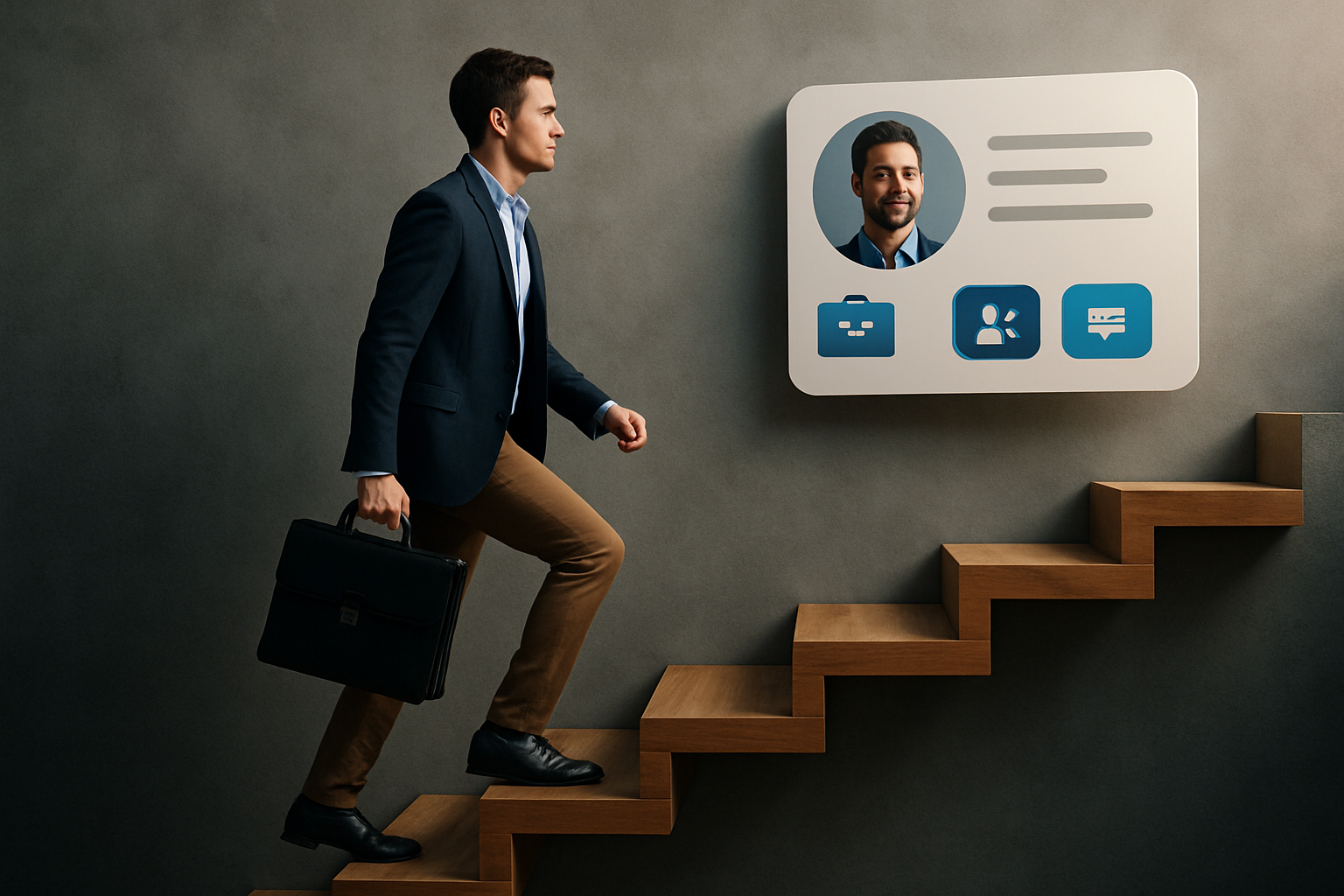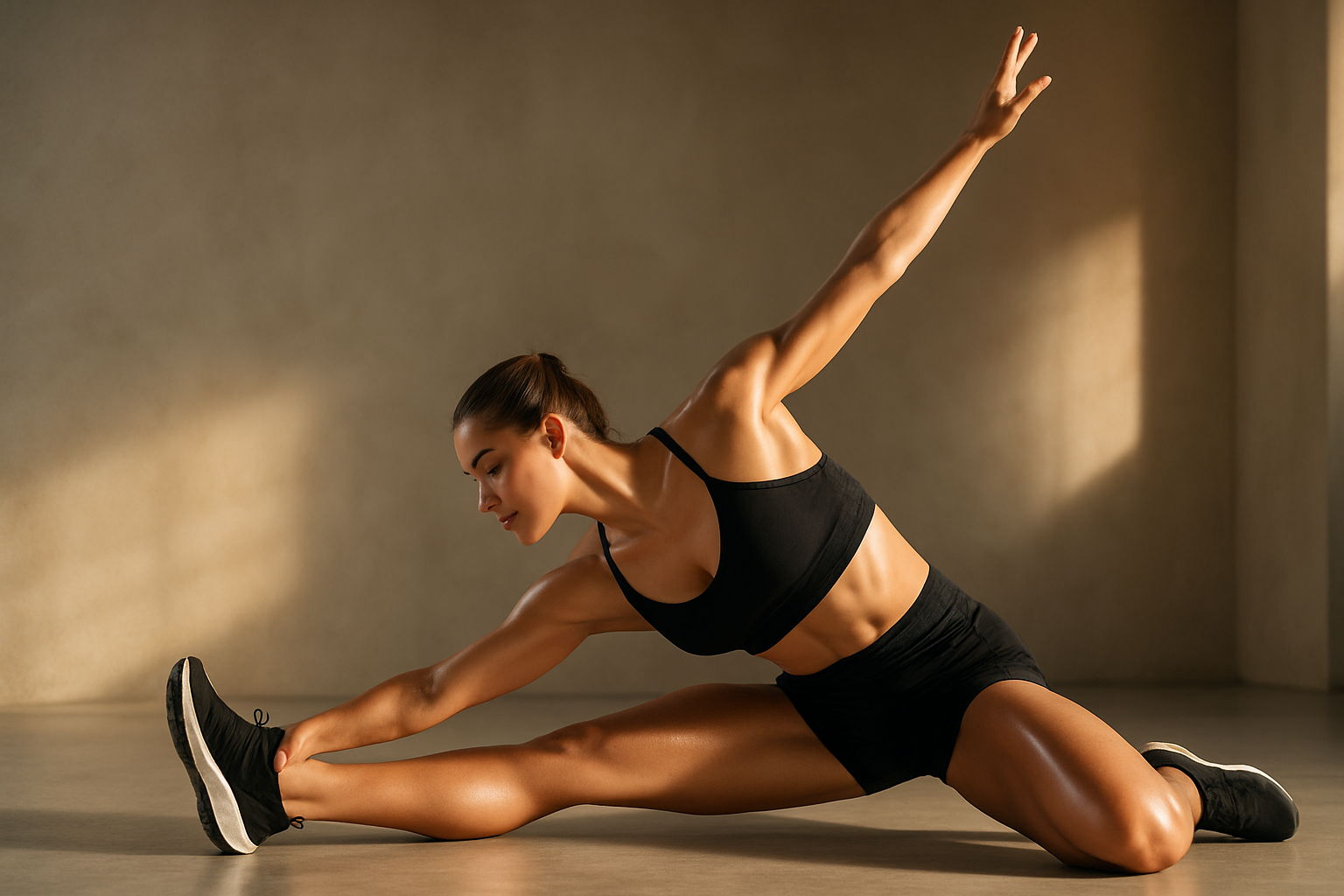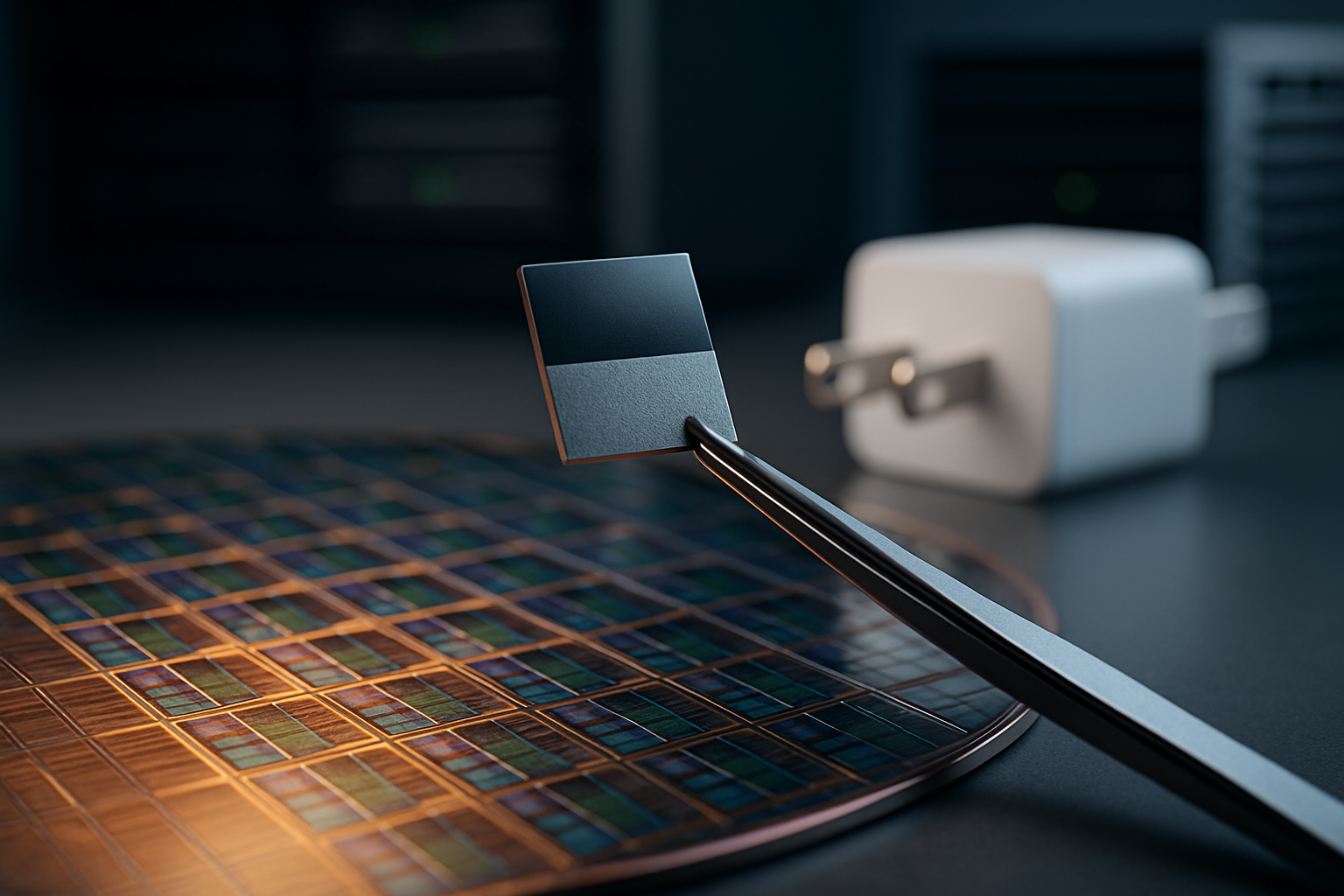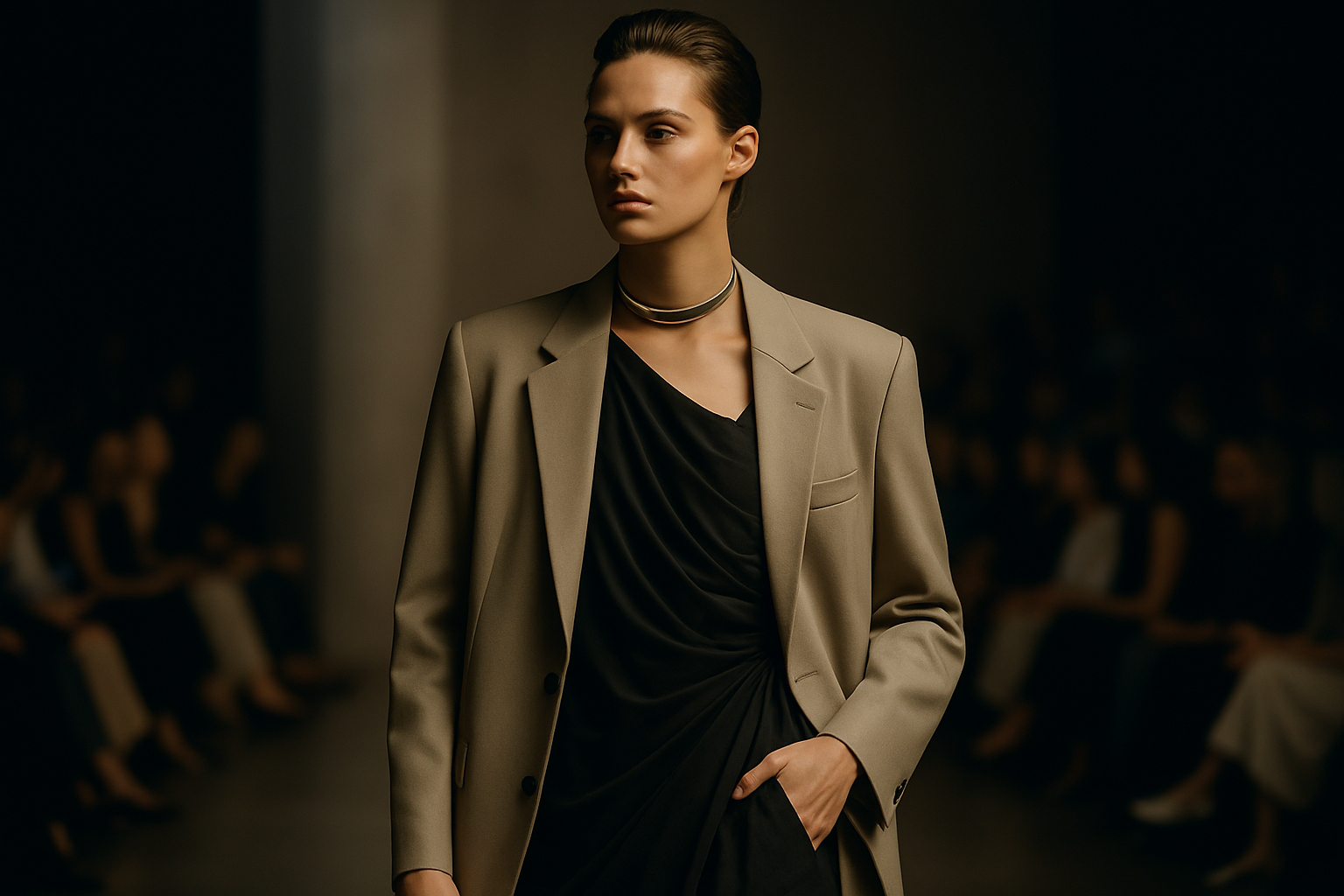Restorative Power of Ice: Cryotherapy in Beauty and Fitness
In the quest for beauty and wellness, human beings have tested a myriad of methods. From ancient practices to modern technologies, the industry has never ceased to evolve. One emerging trend in this space is cryotherapy, a practice that harnesses the restorative powers of extreme cold. This article delves into the historical context of cryotherapy, its industry impact, and benefits in beauty and fitness.
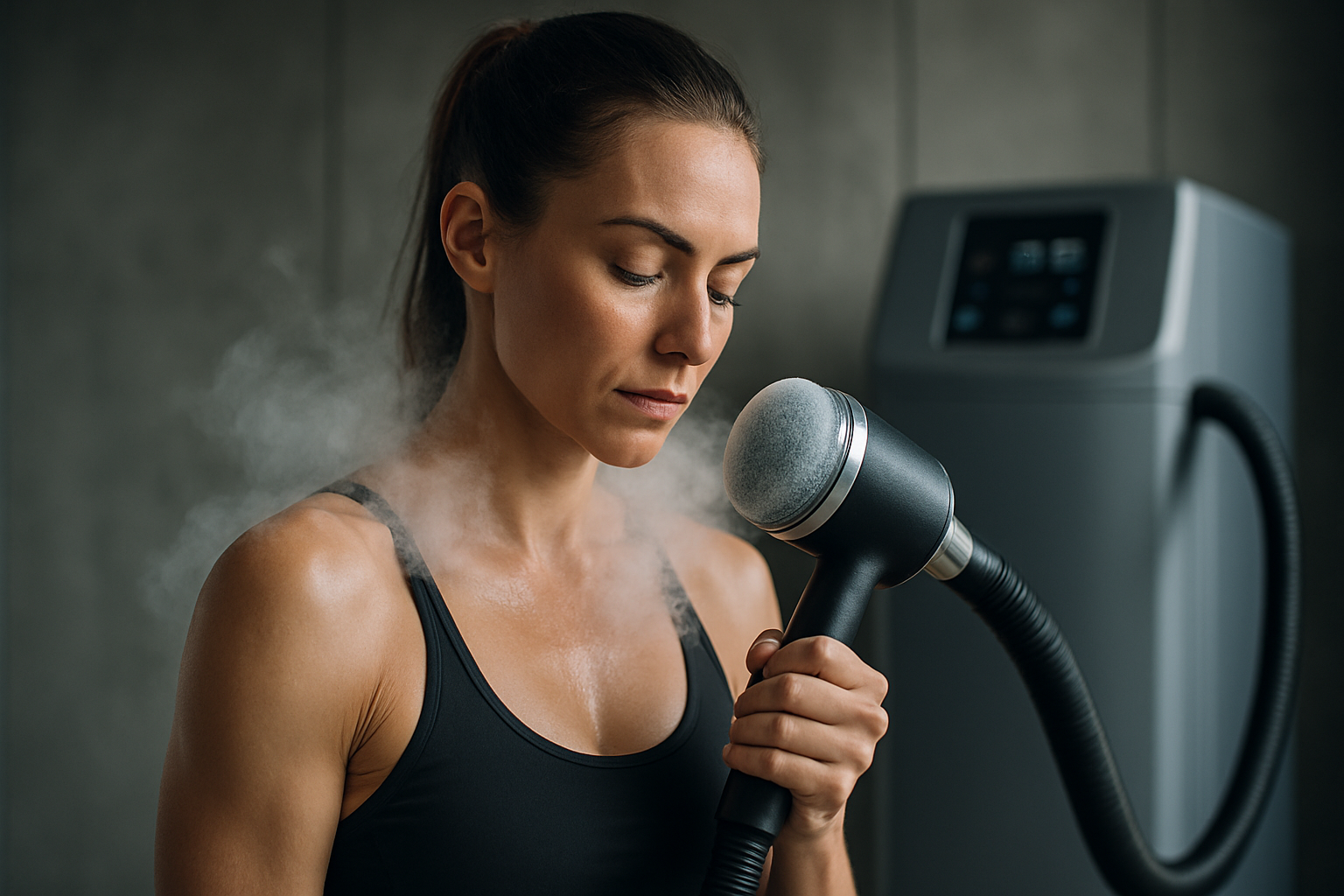
The Origins of Cryotherapy
Cryotherapy, from the Greek word ‘cryo’, meaning ‘cold’, and ‘therapy’, meaning ‘cure’, is not a new concept. The practice dates back to ancient Egyptian times when they used cold temperatures to treat injuries and inflammation. Fast forward to the 17th century, cold therapy became a common practice among Europeans for pain management. However, modern cryotherapy, as we know it today, was developed in the late 20th century by a Japanese rheumatologist, Dr. Toshima Yamaguchi. He discovered that rapid short-term freezing of the skin’s surface led to a significant reduction in pain and inflammation.
Cryotherapy Trends in the Beauty and Fitness Industry
Cryotherapy has found a home in the beauty and fitness industry, driven by its myriad benefits and celebrity endorsements. This trend is backed by industry experts who believe in the power of cold therapy to boost beauty and wellness.
In the fitness realm, cryotherapy has gained popularity as a recovery tool among athletes. It’s believed to reduce muscle soreness and accelerate recovery, thereby improving overall athletic performance.
In the beauty industry, cryotherapy has been lauded for its potential anti-aging benefits. The extreme cold is thought to stimulate collagen production, leading to improved skin elasticity and reduced signs of aging.
Benefits of Cryotherapy: Beyond the Chill
Cryotherapy’s benefits extend beyond the beauty and fitness industry. From a wellness perspective, it’s thought to boost overall health in several ways.
In terms of mental health, cryotherapy sessions have been associated with improved mood and reduced symptoms of anxiety and depression. The extreme cold triggers the release of endorphins, the body’s natural “feel-good” chemicals, leading to a mood elevation.
On a physical level, cryotherapy is believed to boost metabolism, aiding in weight loss. The body burns more calories in an attempt to warm up after a cryotherapy session, potentially aiding in weight management.
Market Relevance and Industry Impact
Cryotherapy’s market relevance can’t be overstated. With an increasing consumer focus on self-care and wellness, cryotherapy fits right in. The global cryotherapy market was valued at approximately $180.2 million in 2019 and is projected to reach $319.8 million by 2027, according to Allied Market Research.
The industry impact is also significant. Cryotherapy has spurred the growth of specialized wellness centers, expanded services in spas and gyms, and even led to the development of at-home cryotherapy equipment.
Evidence-Based Claims and Recommendations
While the benefits of cryotherapy sound promising, it’s important to approach them with a critical eye. The claims about cryotherapy are largely anecdotal and more scientific research is needed to validate them.
As with any wellness practice, it’s recommended to consult with a healthcare professional before starting cryotherapy. Individuals with certain health conditions, such as high blood pressure, may be advised against it.
In conclusion, the beauty and fitness industry continues to evolve with new trends like cryotherapy. While it’s not a magic bullet, cryotherapy offers potential benefits that could complement our beauty and wellness routines. As always, it’s important to approach new trends with an open mind and a healthy dose of skepticism.


